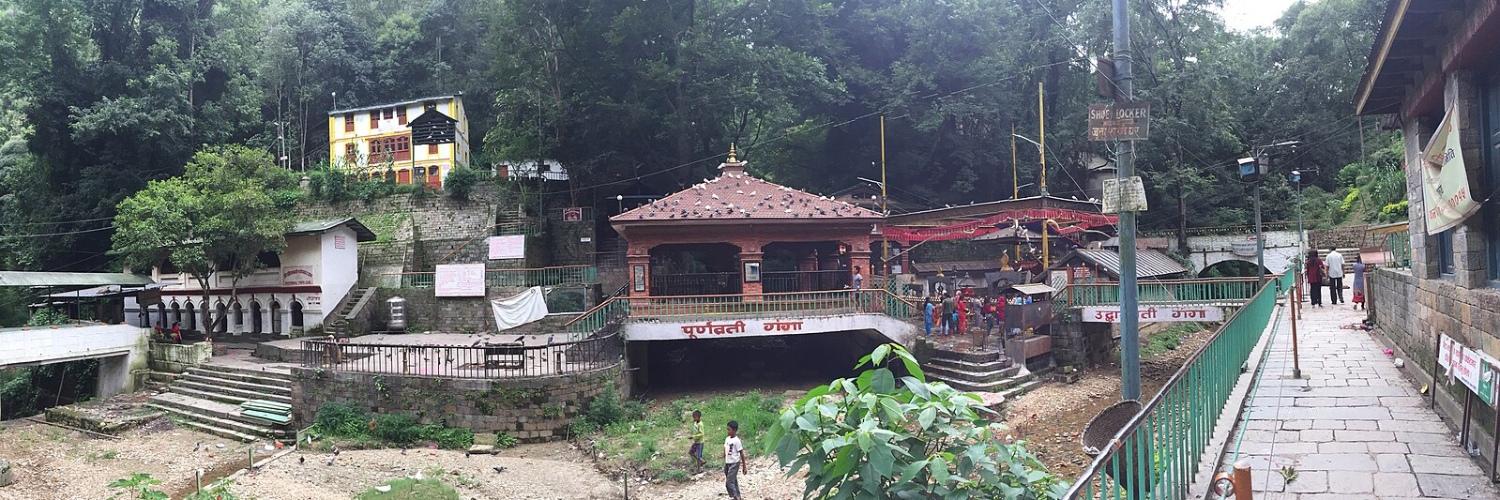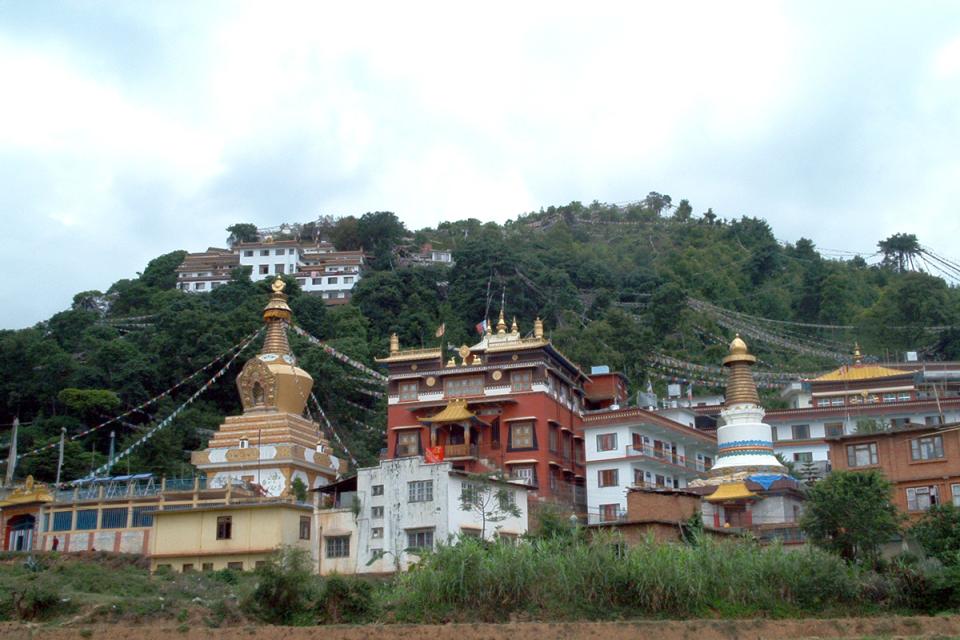Hidden in the serene, forested hills just south of Kathmandu, the Dakshinkali Temple stands as one of Nepal’s most revered and ancient Kali temples. With its powerful spiritual aura and rich history, the temple is a vibrant center of worship where age-old rituals and fervent devotion continue to thrive. Each year, thousands of pilgrims, spiritual seekers, and curious travelers flock here to receive blessings from the fierce goddess Kali, gain deeper cultural insight, or simply soak in the temple’s unique and mystical atmosphere. The combination of natural beauty, sacred energy, and traditional ceremonies creates a truly unforgettable experience.
In this blog, we’ll guide you through everything you need to know about the Dakshinkali Temple Tour - from the temple’s fascinating history and deep religious significance to practical travel details and tips. Whether you are a seasoned pilgrim, a cultural enthusiast, or a traveler seeking spiritual connection, this comprehensive guide will prepare you for a meaningful journey to one of Nepal’s most extraordinary sacred sites.
About Dakshinkali Temple - The Fierce Form of the Divine Mother
The Dakshinkali Temple is dedicated to Goddess Kali, one of the most powerful and awe-inspiring forms of the Divine Mother, known as Shakti. Kali embodies both the terrifying and benevolent aspects of the goddess - she is the fierce protector who destroys evil and negativity while also nurturing her devotees with compassion and strength. This dual nature makes her a deeply revered figure in Hinduism and Tantric Buddhism alike.
Built in the 14th century during the reign of the Malla dynasty, the temple stands approximately 22 kilometers south of Kathmandu, nestled amidst lush, green hills and alongside flowing rivers that add to its serene yet intense spiritual ambiance. The temple’s location is symbolic and significant - “Dakshinkali” literally means “Kali of the South”, with “Dakshin” meaning south, highlighting its position at the southern edge of the Kathmandu Valley and representing the southern, more fierce aspect of the goddess.
The temple is a vibrant hub of devotion, attracting thousands of pilgrims each year who come to seek blessings, protection, and transformation. Dakshinkali holds special importance for both Hindu worshippers and Tantric Buddhists, who view the goddess as a symbol of ultimate power, divine feminine energy, and the destruction of evil forces. The atmosphere becomes particularly charged on Tuesdays and Saturdays, days considered especially sacred for Kali worship, when elaborate rituals, animal sacrifices, and offerings are performed to honor the goddess and invoke her blessings.
This powerful energy, combined with the temple’s historic architecture and natural surroundings, creates a spiritual experience that is both intense and deeply fulfilling for visitors of all backgrounds.
Religious and Spiritual Significance of Dakshinkali Temple
Goddess Kali is worshipped here in her bloodthirsty form, making this temple unique in Nepalese spiritual culture. Devotees believe that offerings here - especially animal sacrifices - grant strength, protection, and the removal of obstacles.
While animal sacrifice may be unsettling for some, it reflects ancient practices and beliefs still held by rural communities. Today, many also offer symbolic sacrifices like coconuts and pumpkins to honor the goddess.
People visit for:
-
Spiritual cleansing and protection
-
Fulfilling vows and wishes
-
Experiencing ancient Tantric rituals
-
Observing centuries-old local customs
Dakshinkali Temple Tour Itinerary (Full-Day)
A visit to Dakshinkali Temple is typically done as a full-day guided tour from Kathmandu and includes stops at several culturally significant locations. Here's what the itinerary looks like:
Stop 1: Drive from Kathmandu to Dakshinkali
-
Distance: ~22 km, ~1.5 hours
-
Scenic drive through villages, rice terraces, and forested hills
Stop 2: Visit Dakshinkali Temple
-
Explore the main shrine and nearby shrines
-
Observe rituals (especially on Tuesdays and Saturdays)
-
Participate in offerings or simply witness the devotion
Stop 3: Pharping Monastery Visit
Just a short drive from Dakshinkali lies Pharping, a sacred Buddhist pilgrimage site.
-
Visit Asura Cave, where Guru Padmasambhava meditated
-
Explore Tibetan monasteries and retreat centers
-
Witness the peaceful co-existence of Hindu and Buddhist traditions
Stop 4: Return to Kathmandu
-
Option to stop at local tea houses for refreshments
-
Tour concludes by early afternoon or evening
Travel Tips for Visitors
-
Dress modestly and remove footwear before entering the shrine.
-
Be respectful during rituals, especially if you're taking photos.
-
Visit early in the morning to avoid crowds and heat.
-
Carry water and light snacks; food stalls are available outside the temple.
-
Avoid Tuesdays and Saturdays if you're uncomfortable with animal sacrifices.
Why Combine with Pharping Monastery?
The Pharping Monastery visit beautifully balances the intense energy of Dakshinkali with meditative calm. Pharping is a hidden gem for:
-
Buddhist retreats
-
Cave meditations
-
Himalayan monastic life
-
Sacred Buddhist relics and sites
The combination of Hindu and Buddhist pilgrimage sites in one tour reflects Nepal’s unique religious harmony and spiritual richness.
Conclusion
A Dakshinkali Temple Tour is more than a sightseeing trip - it's a spiritual immersion into the heart of Nepalese faith and tradition. Whether you are a curious traveler, a devoted pilgrim, or a culture lover, this journey offers a rare blend of fierce devotion and tranquil reflection.
Book your transformative half-day tour with Best Heritage Tour today and experience the powerful blessings of Kali Temple in Nepal.
Contact Best Heritage Tour
Website: bestheritagetour.com
Email: info@bestheritagetour.com / bestheritagetour@gmail.com
Phone/WhatsApp: +977-9851149197
Office Location: Thamel Marg, Kathmandu Nepal
Author: Best Heritage Tour
Date: 23rd July, 2025


